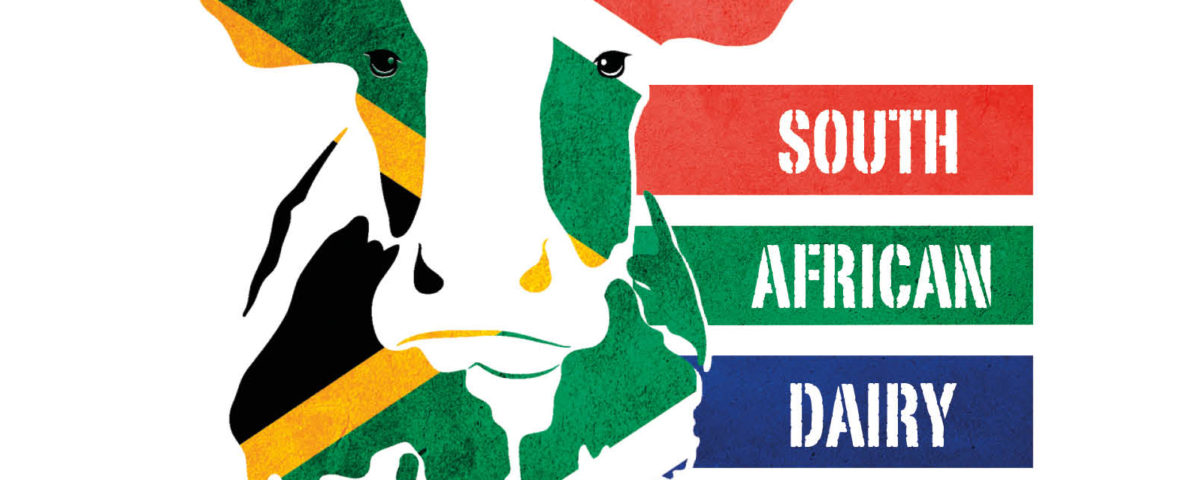
MPO Pointer 3/2020
Unprocessed milk production for January 2020 is estimated at 283 million litres, -0,01% less than in January 2019. The comparative growth rate for January 2019 was -0,10% and for January 2018 it was +6,6%. Cumulative unprocessed milk production growth for the year of 2019 is provisionally calculated at +0,28%, while the comparative growth in 2018 was set at +4,82%.
The economy of milk production in the primary industry is still under pressure due to the cost price squeeze effect and exacerbated by adverse climatic conditions in certain parts of the country and the general poor economic conditions in South Africa.
The milk-to-feed price ratio will improve moderately from March 2020, after most milk processors have announced conservative producer price increases. The price increases, however, are too small to significantly improve the ratio and the majority of dairy farmers is thus still placed at or near break-even or at uneconomic levels. The double impact in the above ratio that farmers experienced in the first ten months of 2019, will have a prolonged effect on the supply of milk in the coming months. The economy of milk production in the primary sector has for too long been detrimental to herd composition, which in the coming months will affect the resilience of the primary sector.
However, the trend in grain prices that have already started to decline may improve the above ratio, which may help production. If the predominant driver is reduced grain prices, while producer prices have risen only slightly, it will further increase the gap between retail prices of dairy products and the farmer’s milk price or the retail may pass this on to the consumer, which will stimulate consumer demand. These dynamics will be carefully analysed by the MPO.
Despite the above, the planned supply of unprocessed milk production growth is the most important controllable market driver for the milk producer. Through a proactive approach, a progressive producer price scenario can be created. In the process, competitiveness between downstream role players can be improved. No one is naive about this and its complexity is well known, but the stimulation of the thinking is necessary. Of course, lower unprocessed milk production may stimulate imports, but international dairy prices are 21% higher than in January 2019.
Bertus van Heerden, chief economist, Milk Producers’ Organisation (MPO)
Published on Thursday, 27th February 2020 - 09:59
Recent Posts
disclaimer









